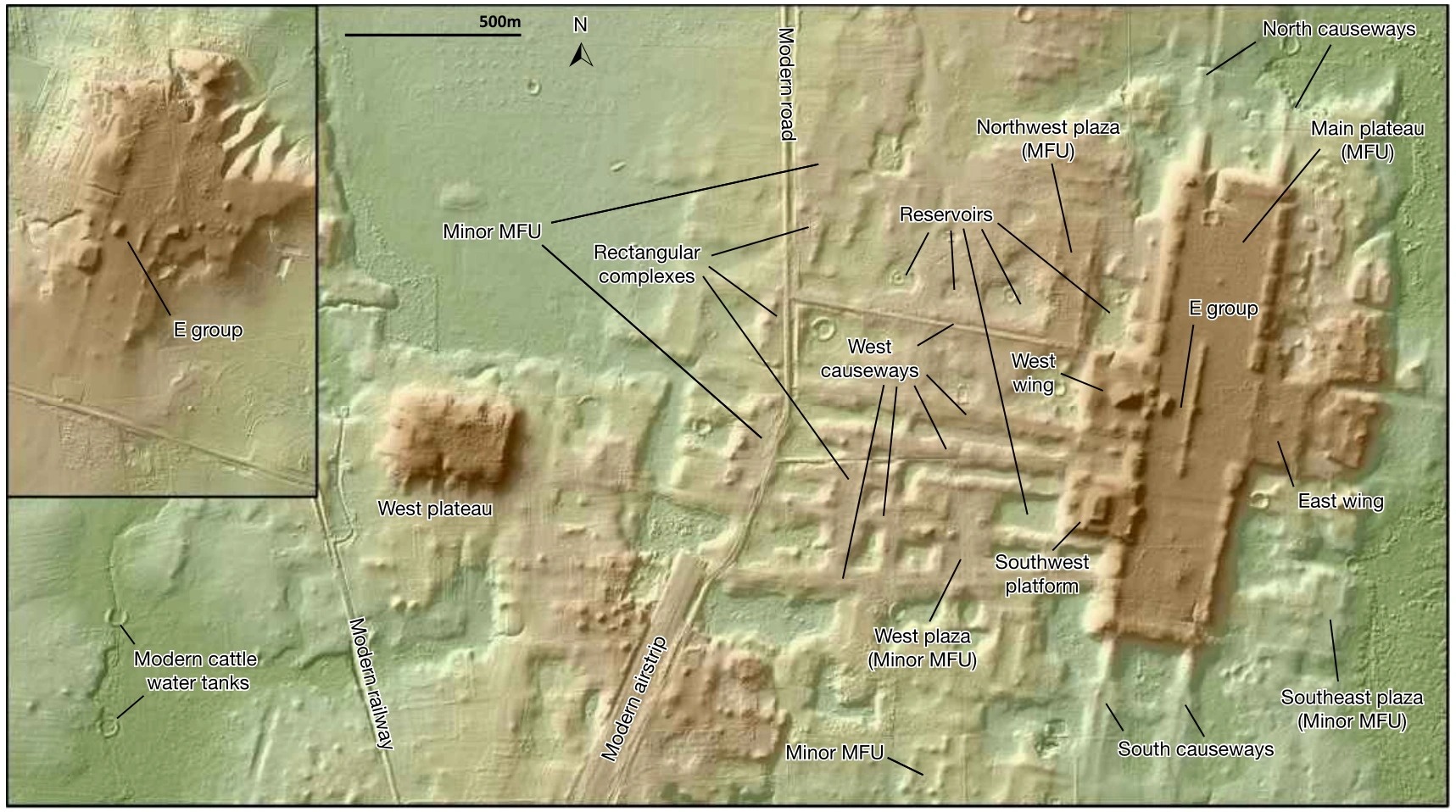A new high-tech study has revealed nearly a thousand ancient Maya settlements, including 417 previously unknown cities, linked to what may be the world’s first highway network and hidden for millennia by the dense jungles of northern Guatemala and southern Mexico.
It’s the latest discovery of the roughly three-thousand-year-old Maya centers and related infrastructure, according to a statement from a team at the Fares Anthropological Research Foundation in Guatemala that oversees so-called LiDAR studies.
The findings were first published last month in the journal Ancient Mesoamerica, Reuters reports. All of the newly identified structures were built centuries before the largest Maya city-states emerged, leading to major human achievements in mathematics and writing.
How ancient Maya highways were discovered
LiDAR technology, an acronym for “Light Detection and Ranging”, is a radar- and sonar-like technology that emits laser pulses from flight over a location, generating 3D information about the shape and features of structures on the ground. It can thus map ancient structures.
LiDAR is fast becoming one of the most important tools in archaeology, revealing things that would have required months of measurements in just hours.
LiDAR detects distance to objects and surfaces using lasers. Using state-of-the-art computing techniques, it can see clearly and find the ground level below, producing a detailed map of surface height.

Among the details revealed in the latest analysis are the first extensive system of highways, or “superhighways,” made of stone in the ancient world, according to the researchers. So far some 110 miles (177 km) of roads have been revealed, some measuring about 40 metres wide and raised from the ground by up to five metres.
As part of the Mirador-Calakmul karst basin study, which extends from the Peten jungle in northern Guatemala to the state of Campeche in southern Mexico, researchers have also identified pyramids, playgrounds, plus significant water engineering, including reservoirs, dams, and irrigation canals.
“These discoveries show the economic, political and social complexity of what was happening simultaneously throughout the area,” said lead researcher Richard Hansen.
Takeshi Inomata of the University of Arizona is the lead author of the paper describing the monumental artificial plateau, published in the journal Nature. This unprecedented structure – by far the largest and oldest of its kind – may remind you of another such discovery, the “Mayan megalopolis” found in Guatemala two years ago, which I wrote about here.
A previously unidentified Maya civilization, consisting of 964 interconnected settlements, has been discovered in northern Guatemala. Dating from the Preclassic Maya period – which lasted from about 1000 BC to 150 BC – the scattered sites cover an area of about 1,685 square kilometers and are linked by 177 kilometers of ancient roads.
Researchers observed the network of settlements using LiDAR, a detection system that sends laser signals from surfaces to reveal hidden features and structures. While flying over the Mirador-Calakmul Karst Basin (MCKB) in Guatemala, the team used the technology to penetrate dense jungles and expose hidden ancient constructions.
Such huge structures, clusters of foundations and other evidence of human activity may seem obvious to you. But when you’re on the ground, they’re not quite as obvious as you might think – usually because they’re covered by both trees and dense bush.
“We spent thousands of hours working on the ground for these findings,” wrote anthropologist Patricia McAnany, for Nature.
“This time-consuming process required years, often decades, of fieldwork to map a large ancient Maya city such as Tikal in Guatemala and Caracol in Belize.”
The most recent discoveries date from the so-called Middle to Late Preclassic Maya era, around 1,000-350 BC, many of the settlements believed to be controlled by the metropolis known today as El Mirador. That was more than five centuries before the classical heyday of civilization, when dozens of major urban centers thrived in present-day Mexico and Central America.

 Renault’s compact family SUV will be called the Symbioz -.
Renault’s compact family SUV will be called the Symbioz -. Peugeot and its new range of salt and pepper mills -.
Peugeot and its new range of salt and pepper mills -. A new Uber Eats ad is being criticized for showing a peanut allergy -.
A new Uber Eats ad is being criticized for showing a peanut allergy -. Pagani announces new track-based hypercar, known as the Huayra R Evo -.
Pagani announces new track-based hypercar, known as the Huayra R Evo -. Introducing the Oscars in the Best Casting category -.
Introducing the Oscars in the Best Casting category -.